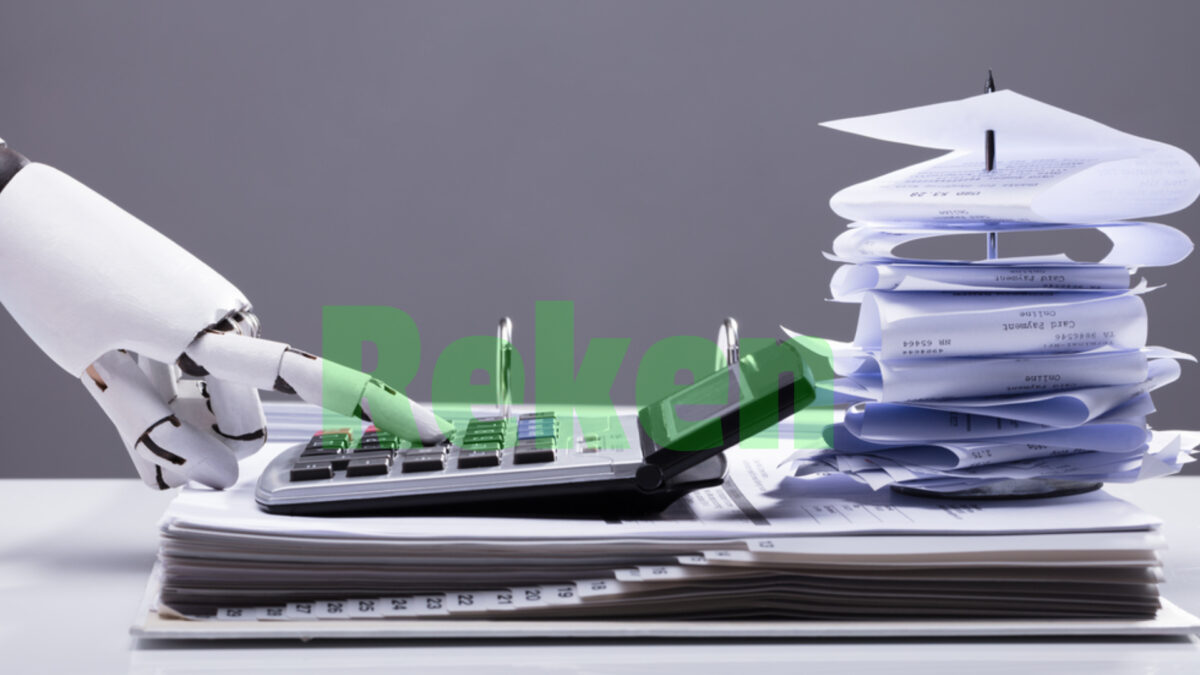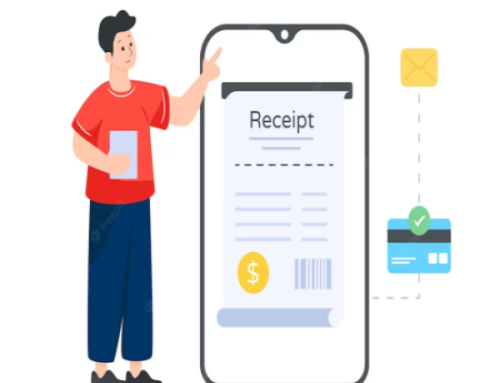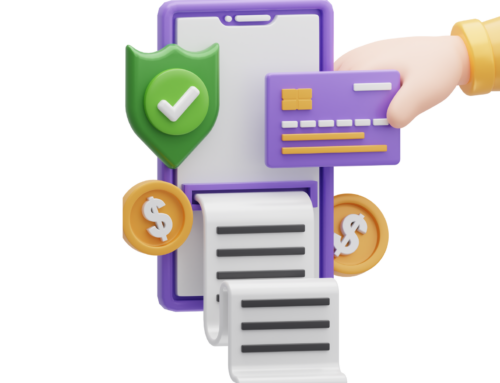How many times a day do you buy something and get a receipt, which you then throw away or tell the clerk to keep? Even though you don’t need a receipt for that morning coffee, candy bar, or pack of gum, you’ll still get one. Every year, 3 million trees have to be cut down to make receipts that most people will just throw away. Most people and businesses don’t know that these small pieces of paper cause trees to be cut down and cost the planet millions of trees. One tonne of paper takes about 390 gallons of oil to make. This is the same as using 249.6 million gallons of oil to meet the demand for paper receipts in the U.S.
Even before Apple tried to make electronic receipts the norm in 2005, there were a few Silicon Valley-style startups that rode the green wave to get both consumers and businesses to stop using paper and switch to digital. Even though they wanted to help people, they were a little ahead of their time. Mobile devices weren’t as common as they are now, and few retailers were willing to put money into apps for customers’ phones. As the economy got worse and more stores closed, “going green” became less important. But now things are different. Not only does digitizing the receipt reduce your carbon footprint, but it also has other green benefits.
Get rid of waste and save money
Back in 2005, when those green receipt startups first tried to promote electronic ways of recording transactions, electronic estimated that U.S. retailers used 500,000 tonnes of thermal receipt paper each year, and that number was expected to grow by 3% each year. Even though paper prices can change, these results show that the retail industry spends around $4 billion on thermal paper. When the cost of buying and maintaining the printers and the amount of energy they use is taken into account, management will start to see an operating expense line that any financial expert would be happy to lower. Cost savings are the main reason why the technology is being used. Getting a better name for your business’s sustainability
Branding is important and improving how well you do with sustainability makes your brand stronger. Customers think about a brand’s reputation and actions in the area of corporate sustainability when deciding what to buy. Even if people aren’t willing to pay more for greener products, they are more likely to buy from brands that care about the world around them.
Taking the receipt digitally also has many other benefits. Get in touch with us today to learn more about how the electronic receipt will affect the environment and your business.
Read More: Digital receipts: pros and cons








